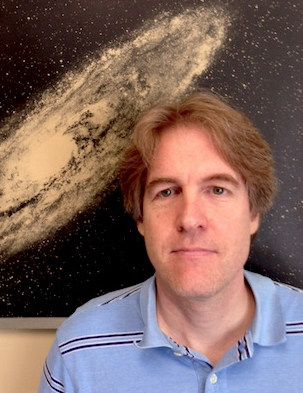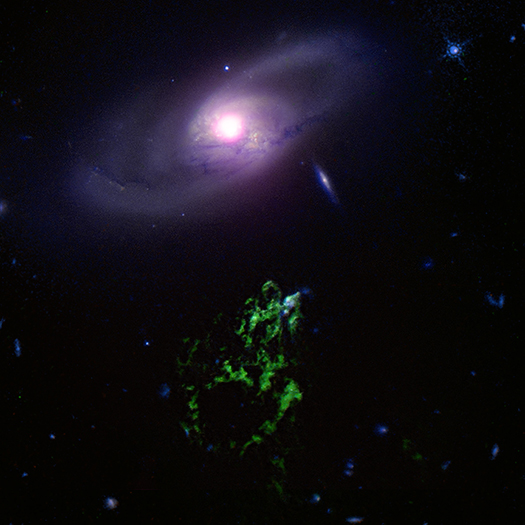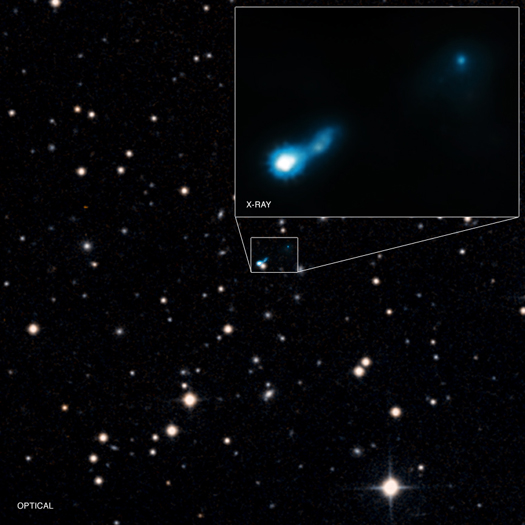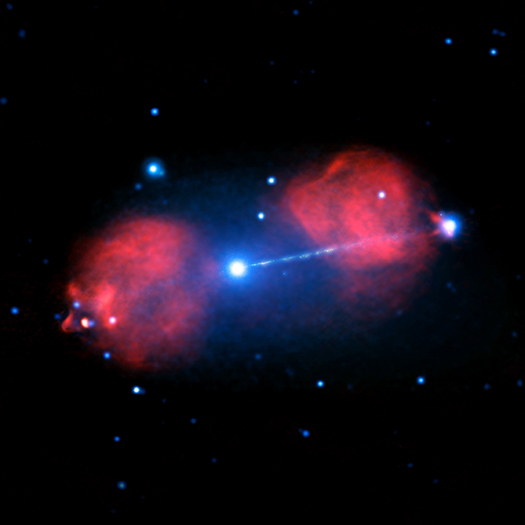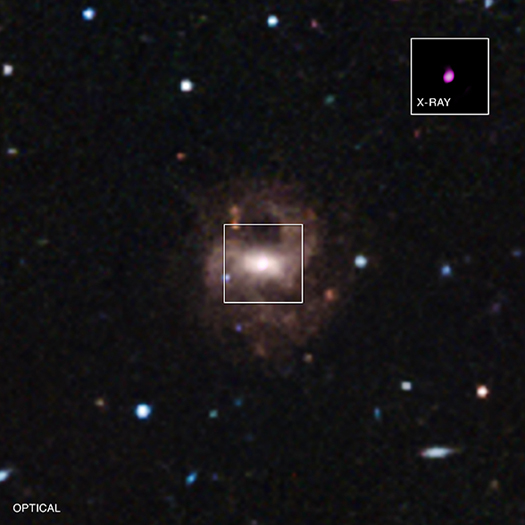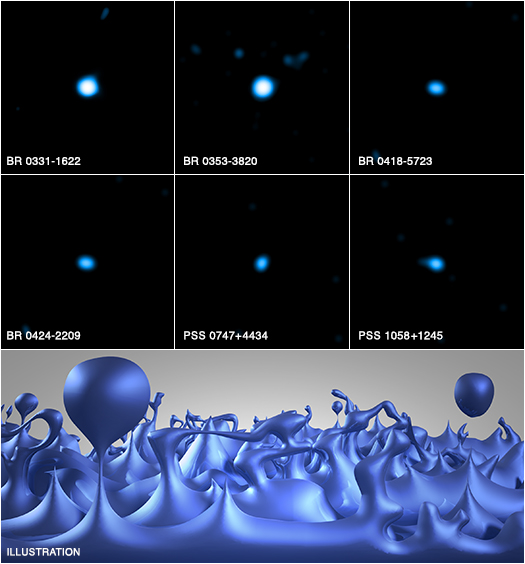Starvation Diet for Black Hole Dims Brilliant Galaxy
Submitted by chandra on Wed, 2016-11-09 12:51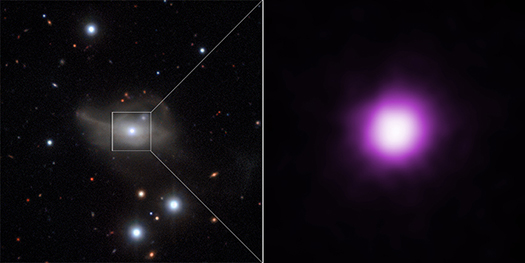
Astronomers may have solved the mystery of the peculiar volatile behavior of a supermassive black hole at the center of a galaxy. Combined data from NASA's Chandra X-ray Observatory and other observatories suggest that the black hole is no longer being fed enough fuel to make its surroundings shine brightly.

